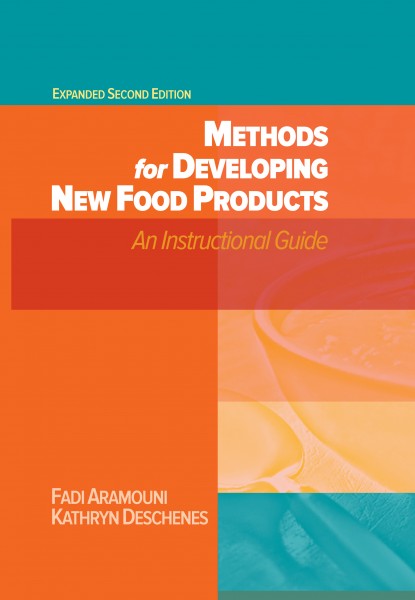How to mitigate temperature-controlled shipping risks
Shippers can help mitigate these risks and better control final outcomes by tailoring supply chain best practices to meet the complexities of sensitive cold chains.

Produce, pharmaceuticals, floral, frozen foods and other temperature-sensitive freight come with their own set of supply chain risks. Shippers can help mitigate these risks and better control final outcomes by tailoring supply chain best practices to meet the complexities of sensitive cold chains.
1. Apply the right expertise.
Mitigating risks to a cold chain is much larger than a shipper implementing internal processes. All parties involved in moving temperature-sensitive product—shippers, carriers, vendors, providers, etc.—need to understand the importance of maintaining a cold chain.
No matter who the qualified expert is, they should understand the business and applicable regulations to solve any potential problems. Look for specialists who recognize ways to balance unattractive load qualities (e.g., multi-pick, multi-stop loads) with more strategic initiatives (e.g., backhaul optimization), so both carriers and shippers benefit.
2. Determine capacity requirements.
Compare the pros, cons and price of each transportation service before ruling any out, as each come with their own unique set of risks. Just because it’s more expensive doesn’t mean you should abandon it immediately. For example, some commodities—especially those with higher price points—can benefit from a more expensive, yet faster shipping option to reduce the risk of spoilage during transit. Each transportation mode—road, ocean, air and rail—come with a unique set of considerations:
What defines the best freight service option can vary by load, but strategic shippers think beyond their own needs to include the needs of the carrier as well. If a shipper transports full truckloads of cheese to local retailers, they may be able to arrange for the same carrier to move empty cartons on the backhaul. The shipper not only solves a reverse logistics problem, but may also reduce transportation costs now that the carrier has eliminated otherwise empty miles.
3. Set clear expectations early in the process.
Advance planning can help avoid risks later on. When everyone understands their role—as well as the responsibilities of those around them—complications can be resolved as they arise. Bring every detail to the table—from acceptable temperature ranges and continuous temperature vs. cycle settings to proper seals, contingency plans, equipment expectations, along with processes for returns and rejections. Even before product is loaded, every leg of the journey must boast clear expectations to mitigate the added risk that comes with temperature-sensitive products.
4. Pay particular attention when loading and unloading.
Even if your specific commodities don’t fall under regulatory requirements, having a system of checks and balances in place during loading/unloading can minimize problems. Throughout the process, be sure to inspect product temperature and condition of equipment prior to loading and proper container air flow while loading.
Some new technology goes beyond providing a maintained temperature in the truck and warehouse, but can also bring visibility to the temperature of the product, the loading dock, even outdoor weather conditions that can affect products during the time it takes to load and unload items.
5. Establish standard operating procedures.
Establishing the same standards across a supply chain can simplify the process, narrow the margin for error and promote consistency. When it comes to maintaining a cold chain, standard operating procedures (SOPs) are even more important to mitigate risk. Be sure to encompass topics like proper packaging techniques, the process for late pickups or deliveries and handling equipment problems. SOPs can be as simple or detailed as necessary, but should take the sanitary transportation ruling into account (if applicable) and include who is responsible, what needs to happen and how checks and balances occur.
6. Achieving long-term temperature-controlled success
The risks for temperature-sensitive supply chains are substantially higher than dry van products. Collaboration is key to overcoming many of these risks. Establishing solid processes that all parties understand, believe in and adhere to is the first step to overcoming risks.
.
Looking for a reprint of this article?
From high-res PDFs to custom plaques, order your copy today!









